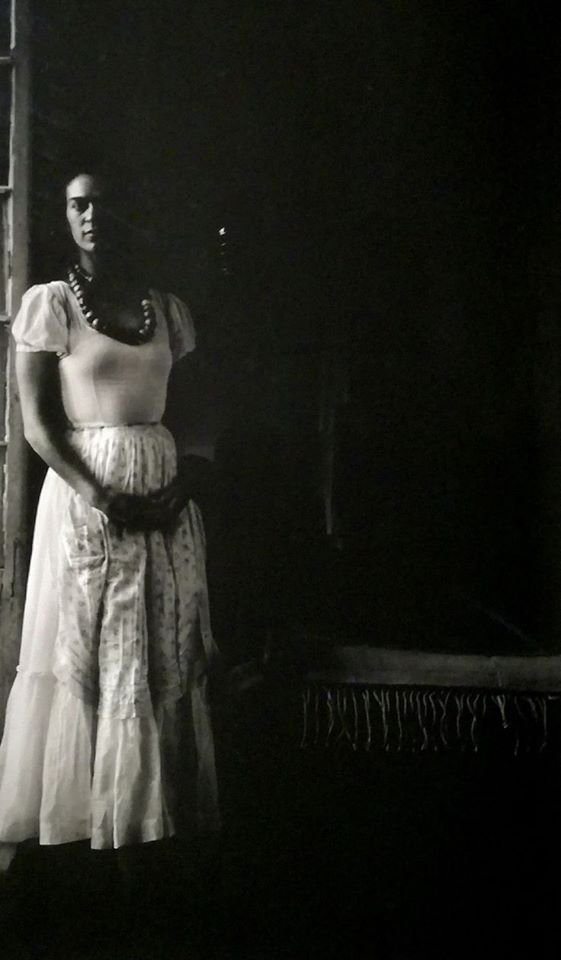#Guillermo Kahlo
Explore tagged Tumblr posts
Text

I used to think I was the strangest person in the world but then I thought there are so many people in the world, there must be someone just like me who feels bizarre and flawed in the same ways I do. I would imagine her, and imagine that she must be out there thinking of me too. Well, I hope that if you are out there and read this and know that, yes, it's true I'm here, and I'm just as strange as you.
Frida Kahlo
Frida Kahlo by Guillermo Kahlo (father), 1932.
4 notes
·
View notes
Photo

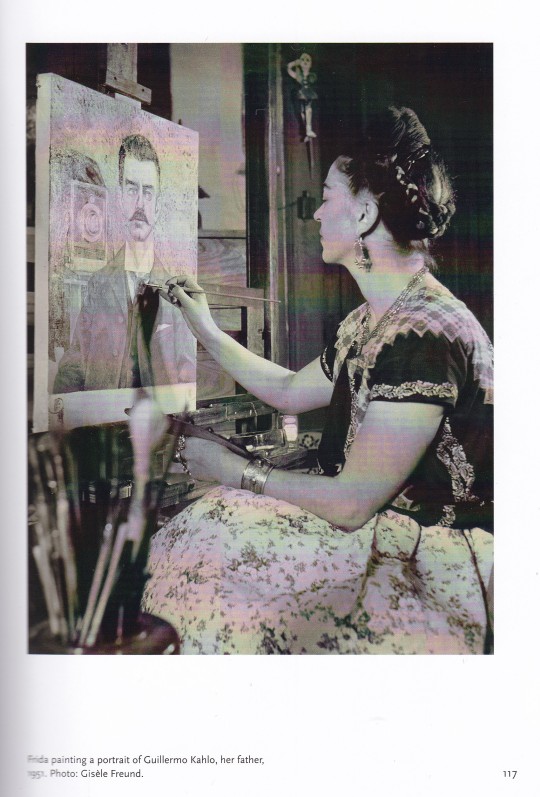
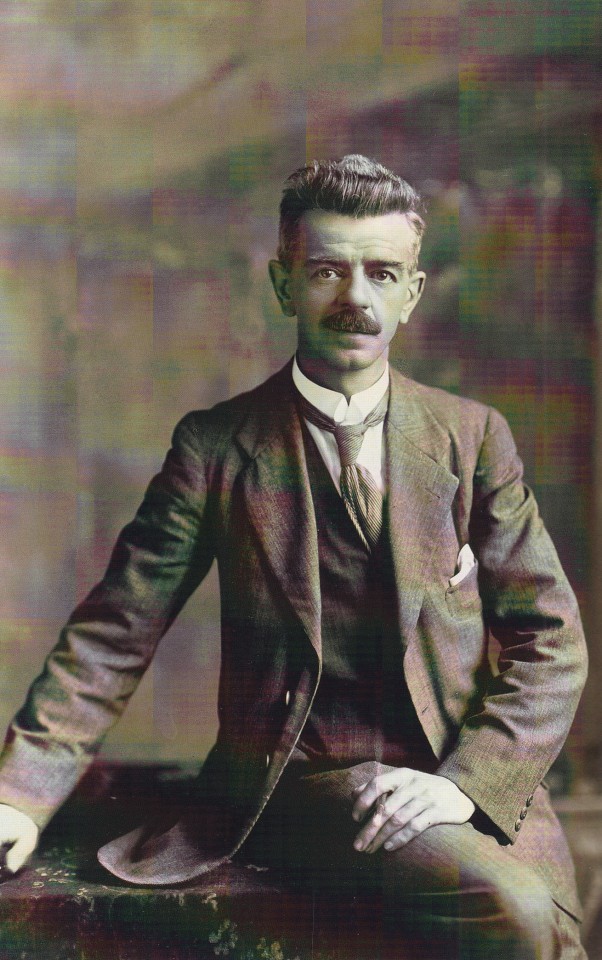
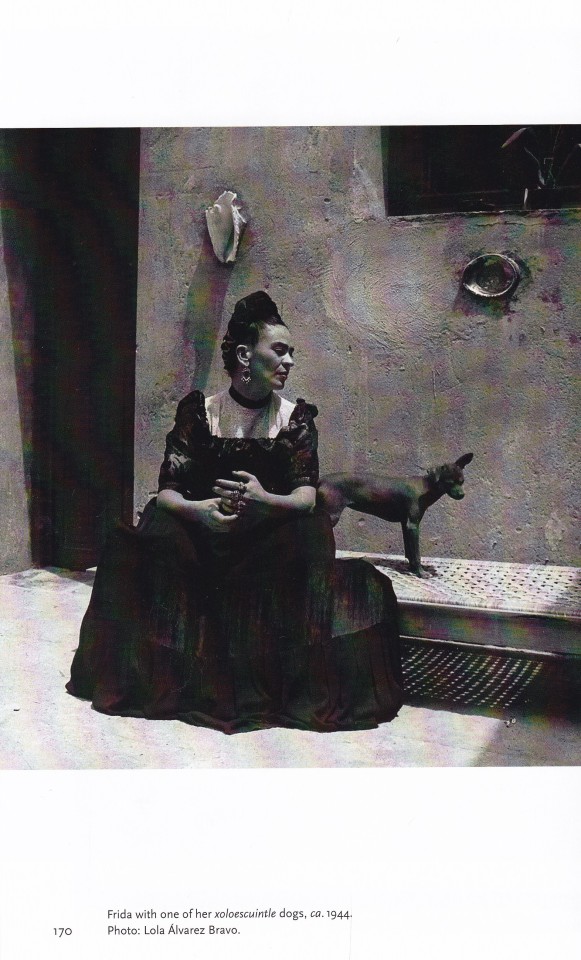
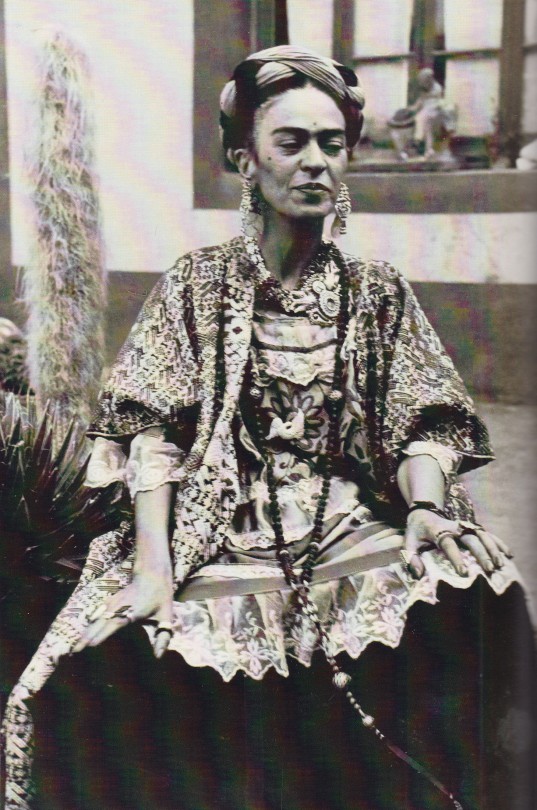



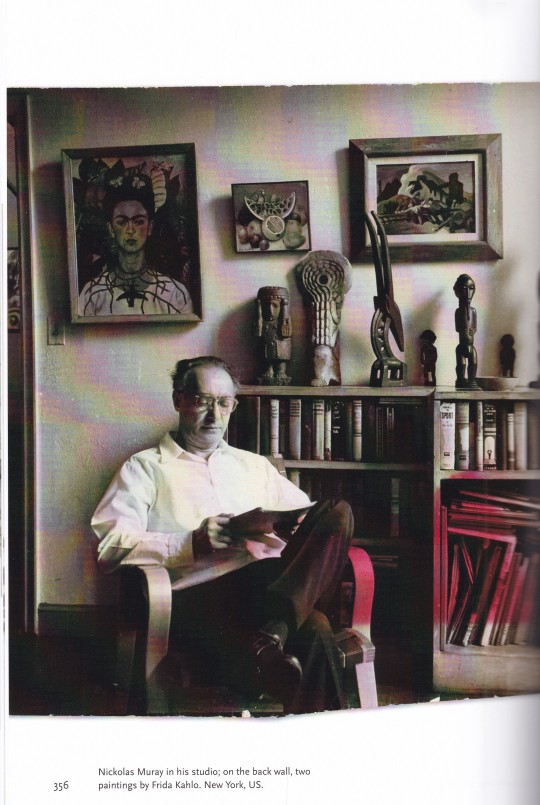
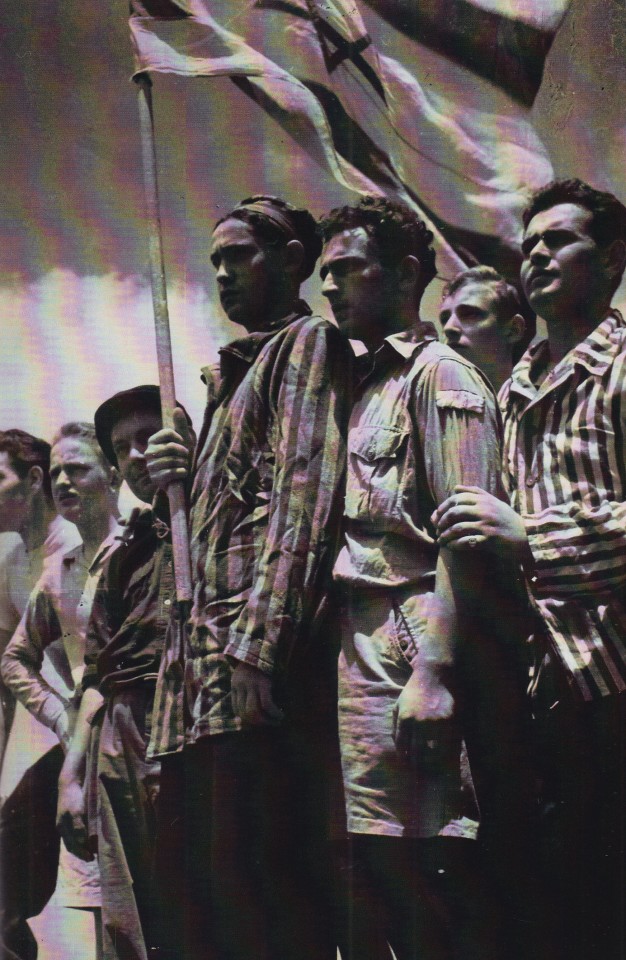
Frida Kahlo Her Photos
Pablo Ortiz Monasterio
Texts James Oles, Horacio Fernandez, Masayo Nonaka, Laura Gonzalez, Mauricio Ortiz, Gerardo Estrada, Rainer Huhle, Gaby Franger
Editorial RM, Barcelona 2021, 522 pages, 460 photos,17.15 x 24.13 cm, English, ISBN 978-84-92480-75-3
euro 52,50
orders to: [email protected]
When Frida Kahlo died, her husband Diego Rivera asked the poet Carlos Pellicerto turn the Blue House into a museum that the people of Mexico could visit to admire the work of the artist. Pellicer selected those of Frida's paintings which were in the house, along with drawings, photographs, books, and ceramics, maintaining the spaces just as Frida and Diego had arranged them to live and work in. The rest of the objects, clothing, documents, drawings, and letters, as well as over 6,000 photographs collected by Frida in the course of her life, were put away in bathrooms converted into storerooms. This remarkable collection remained hidden for more than half a century. A few years ago the storerooms, wardrobes, and trunks that safeguarded it were opened. The collection of photographs is a treasure that reveals the tastes and interests of the famous couple, not only through the images themselves but also through the annotations made on them. The collection allows us to speculate about Frida's and Diego's likes and dislikes, and makes it possible to document their family origins. Photography had always been a part of Frida's life. Her father Guillermo Kahlo was one of the great photographers of Mexico at the beginning of the twentieth century, whose images of colonial architecture and numerous self-portraits have been preserved. Frida's collection constitutes a roll call of great photographers: Man Ray, Brassai, Martin Munkacsi, Pierre Verger, George Hurrel, Tina Modotti, Edward Weston, Manuel and Lola Alvarez Bravo, Gisele Freund, and many others, including Frida Kahlo herself. It is likely that many of the photographs in the collection were taken by her, though we can only be sure of the few that she decided to sign in 1929.
orders to: [email protected]
twitter: @fashionbooksmi
flickr: fashionbooksmilano
instagram: fashionbooksmilano
tumblr: fashionbooksmilano
19/02/23
#Frida Kahlo#Her Photos#Guillermo Kahlo#Diego Rivera#photography collection#photography books#fashionbooksmilano
34 notes
·
View notes
Text
De rares portraits de Frida Kahlo pris par son père
Nouvel article publié sur https://www.2tout2rien.fr/de-rares-portraits-de-frida-kahlo-pris-par-son-pere/
De rares portraits de Frida Kahlo pris par son père

0 notes
Text
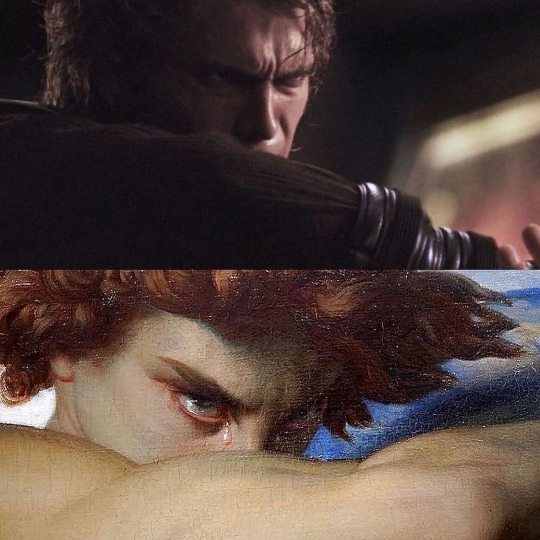


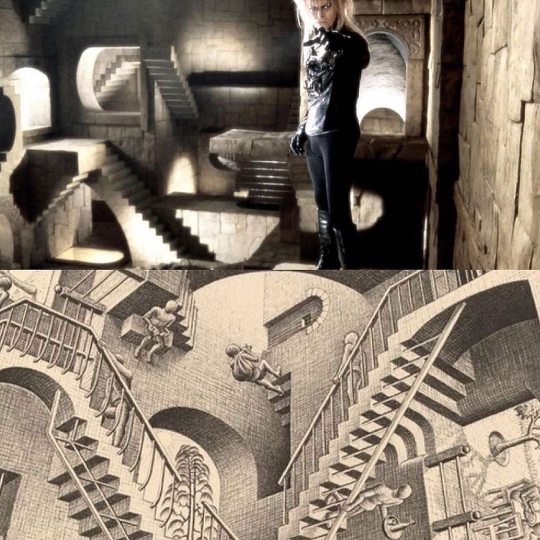
Cinematic scenes inspired by paintings by Modernnotoriety
#star wars#the fifth element#Pan's labyrinth#Labyrinth#george lucas#luc besson#guillermo del toro#david bowie#80s movies#90s movies#00s movies#escher#frida kahlo#goya#geek art#modernnotoriety
566 notes
·
View notes
Text

Frida Kahlo by Guillermo Davila
19 notes
·
View notes
Text

Frida Kahlo photographiée par son père, Guillermo Kahlo, Mexique, 1919.
84 notes
·
View notes
Text
Finally I'm able share some good news
Wild festivals, exquisite fruit-bowls and unusually realistic renderings of motherhood and female friendship – not to mention a glimpse of Lady Hamilton as an enthusiastic follower of Bacchus – will go on show in Madrid on Tuesday as one of the country’s most famous galleries seeks to spike the patriarchal canon of art history with a new, and avowedly feminist, exhibition.
The show at the Thyssen-Bornemisza – called simply Maestras (Women Masters) – uses almost 100 paintings, lithographs and sculptures to show how female artists from the late 16th to the early 20th centuries won recognition in their own lifetimes, only to find their works forgotten, erased or consigned to dusty storerooms.
Organised into eight chronological sections that reflect artistic and social changes, Maestras also explores how female artists, gallerists and patrons worked together to create and celebrate art while living and working in the grip and gaze of sexist, and often misogynistic, societies.
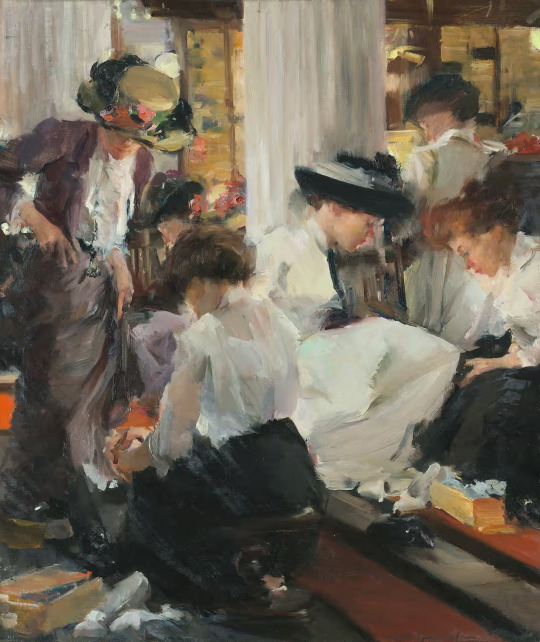
Elizabeth Sparhawk-Jones, The Shoe Shop, 1911. Photograph: Elyse Allen/© Art Resource, New York Scala, Florence
Seventeenth-century works by Artemisia Gentileschi, Fede Galizia and Elisabetta Sirani give way to still lifes of fruit and flowers before the exhibition moves to portraits – including Élisabeth Louise Vigeé Le Brun’s Lady Hamilton as a Bacchante – and then to Orientalism, depictions of working women, images of maternity, sisterhood and, finally, to images of female emancipation.
Among the show’s early exhibits is one of Gentileschi’s anguished studies of Susanna and the Elders, while the later pieces include Mary Cassatt’s bleary-eyed Breakfast in Bed and Maruja Mallo’s playful Fair pictures.
“This exhibition speaks positively of that other half of art history,” said the exhibition’s curator, the art historian and critic Rocío de la Villa.
“For a long time, the feminist history of art has been beset by all the handicaps and obstacles that had been put in the path of female creators. For example, they couldn’t access the same artistic training that their male colleagues could. They generally lived in an extremely patriarchal system that denied them their rights and in which their signatures had no legal value.”
There were, however, “certain moments and certain places” in which conditions were more favourable to female artists, and the show aims to offer “a series of windows through which we can see a mutual understanding and a camaraderie between artists, gallery owners and patrons”.
It also reminds visitors that some talented women caught the eye of European royal courts, and that some had husbands who helped them in the studio – or even looked after their children – because they knew that their wives’ gifts far exceeded their own.
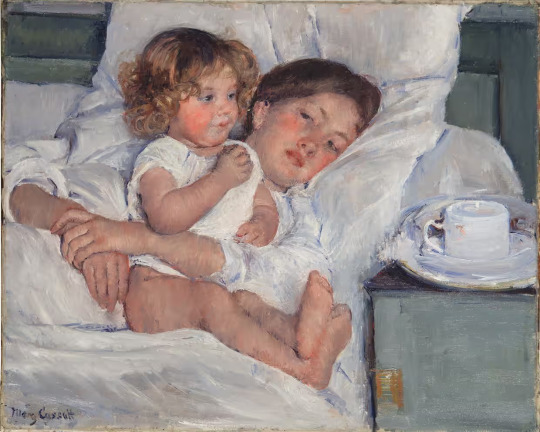
Mary Cassatt, Breakfast in Bed, 1897. Photograph: The Huntington Library, Art Museum
Guillermo Solana, the artistic director of the Thyssen-Bornemisza, said Maestras was another example of the museum’s continuing commitment to feminism, education and addressing the prejudices of the past.
“I’d promised myself that I wouldn’t do any mansplaining today but I can’t help it when it comes to explaining what I’ve learned from the process of doing this exhibition, because I’ve learned a lot,” he told journalists on Monday morning.
“The first thing I learned from this exhibition – and which I think the public will also learn – was so many new names; so many fantastic artists I’d had no idea about and had never heard of. Of course, we knew about Artemisia Gentileschi and Frida Kahlo or Paula Modersohn-Becker, but how many important artists have got away – or been taken from us?”
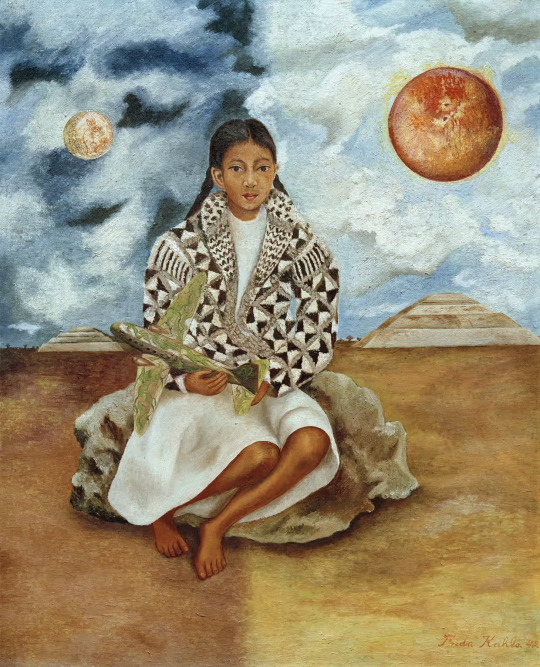
Frida Kahlo, Portrait of Lucha María, A Girl from Tehuacán, 1942. Photograph: akg-images/© Rafael Doniz @ 2023 Banco de México Diego Rivera Frida Kahlo Museums Trust, México, D.F./VEGAP
De la Villa agreed. “The public is going to ask, ‘How can it be that we didn’t know about these female artists?’” she said.
“How is it that their works were in storerooms until recently? Maestras is a feminist exhibition that seeks to emphatically correct the prejudices that have come about as a result of the patriarchy – prejudices that have meant that works by female artists have remained in museum storerooms during the 20th century.”
She said the male-dominated artistic system had always sought to defend itself by denigrating female artists. Equally damaging, she added, was how historians had played down the achievements of women until their voices were silenced and their creations overlooked and then hidden from view.
“When women are hidden, or robbed of their past, they are robbed of their identity,” said De la Villa. “The power of culture is very important. It just can’t be separated from the social conditions we enjoy, or which we suffer.”
Maestras is at the Thyssen-Bornemisza museum from 31 October to 4 February 2024
#Spain#Madrid#the Thyssen-Bornemisza#Maestras (Women Masters)#Elizabeth Sparhawk-Jones#mary cassatt#frida kahlo#October 31st to February 4th 2024
112 notes
·
View notes
Text

En una foto captada en 1904 por Guillermo Kahlo, aparece la calle de Londres vista desde la esquina de Berlín y mirando hacia el oriente; al fondo el cruce con la calle de Roma –en diagonal– y el inicio de Lisboa. A la extrema derecha, algunos reconocerán parte de la casa que entonces ocupaban don José Natividad Macías Castorena y su familia, y que ahora alberga el “Museo de Cera de la Ciudad de México”…
44 notes
·
View notes
Text
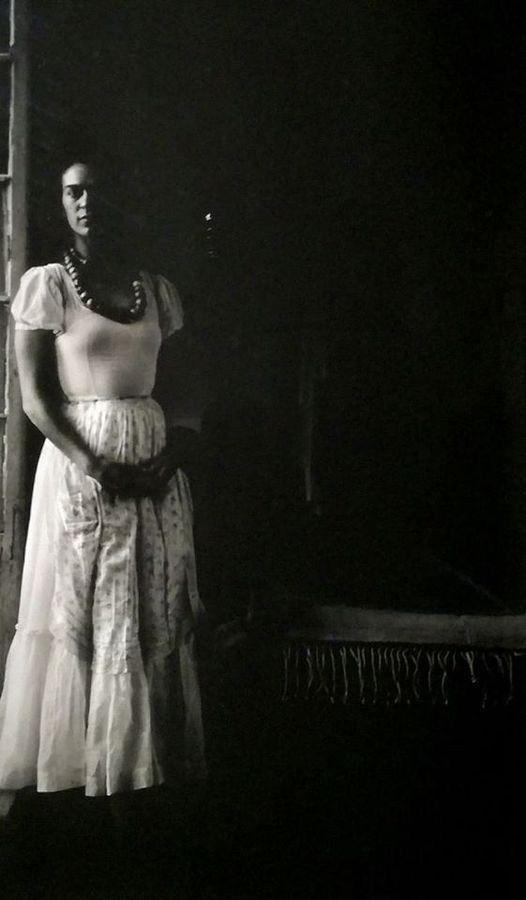
Frida Kahlo by Guillermo Davila, 1929
127 notes
·
View notes
Text
"Donde no puedas amar, no te demores"
Frida Kahlo

Magdalena Carmen Frida Kahlo, fue una pintora reconocida como un ícono pop de la cultura de México, nacida en Coyoacán, al sur de la Ciudad de México, en julio de 1907.
Fue la tercera hija del fotógrafo Guillermo Kahlo, inmigrante alemán nacionalizado mexicano, y de Matilde Calderón mexicana proveniente de Oaxaca, de madre española y padre indígena.
Después de sus dos hermanas mayores, Matilde y Adriana, nace su único hermano Guillermo, quien sobrevivió solo unos días. Después de nacer Frida, once meses después nace su hermana Cristina, quien fuera su constante compañera y la única que dejó descendencia.
La vida de Frida estuvo marcada desde muy temprana edad por el sufrimiento físico y las enfermedades. Contrajo poliomielitis a la edad de 6 años, dando inicio a una serie sucesiva de enfermedades, lesiones diversas, accidentes y operaciones.
Sus limitaciones motrices hicieron que Frida se viera muchas veces impedida de realizar actividades con otros niños, y varios de sus cuadros posteriores, reflejaron la temática de la soledad de su infancia.
Se dice que fue alumna del Colegio Alemán hasta 1921, y que allí habría obtenido su certificado escolar, aunque las actas del colegio no brindan prueba de ello.
En 1922 ingresó a la Escuela Nacional Preparatoria de la Ciudad de México, una prestigiosa institución educativa de la cual habían empezado a admitir mujeres. Frida pretendía estudiar medicina. Fue en esta escuela que Frida conoció a futuros intelectuales y artistas mexicanos como Salvador Novo.
El 17 de septiembre de 1925, Frida sufrió un grave accidente cuando un autobús en el que viajaba con su novio, fue arrollado por un tranvía. Su columna vertebral quedo fracturada en tres partes, sufriendo ademas fracturas en dos costillas, clavícula y en el hueso pélvico. Su pierna derecha se fracturó en once partes y su pie se dislocó.
La medicina de su tiempo la atormentó con por lo menos 32 operaciones a lo largo de su vida, corsés de yeso así como diversos mecanismos de estiramiento.
Fue durante su larga convalecencia, que Frida Kahlo, hizo de la pintura un papel central en su vida. Poco antes del accidente, había trabajado como aprendiz en el taller de grabado e imprenta de Fernando Fernandez Dominguez, un amigo de su padre, quien en medio del trabajo, le había enseñado a dibujar copiando grabados.
Ya como una figura artística, Frida contrajo matrimonio en agosto de 1929 con el pintor y muralista Diego Rivera, con quien viviera un circulo de amor-odio que culminó en divorcio 10 años después, para volverse a casar un año después.
Tras un autoexilio y debido a la fama y reputación de Diego Rivera en Estados Unidos, Frida y Diego vivieron de 1931 a 1934 la mayor parte del tiempo en Nueva York y Detroit. Cuando regresaron a México en 1933, Rivera tuvo un romance con la hermana menor de Frida, situación que la afectó profundamente, y dio un giro determinante en sus relaciones de pareja, y aunque llegaron a superar su desavenencias, Frida inicio otras relaciones amorosas tanto con hombres como con mujeres, que continuaron el resto de su vida.
La obra de Frida giró principalmente alrededor de su vida y su propio sufrimiento. Fue autora de 150 obras, principalmente autorretratos en los que proyectó sus dificultades para sobrevivir. Participó en importantes exposiciones colectivas en Estados Unidos y en Francia, una de sus obras fue adquirido por el Museo de Louvre. La obra de Frida Kahlo, recibió el reconocimiento internacional después de su muerte, y recibió la admiración de importantes pintores e intelectuales de la época como Pablo Picasso, Vasili Kandinski, André Breton, Marcel Duchamp, entre otros.
En 1953, en la Ciudad de México se organizó la única exposición individual durante la vida de la artista.
Frida Kahlo murió en Coyoacán en julio de 1954 a la edad de 47 años, sus restos fueron velados en el Palacio de Bellas Artes de la Ciudad de México y su cuerpo incinerado, en donde sus cenizas se conservan en “La casa azul” de Coyoacán, lugar que también la vió nacer.
Fuente Wikipedia
#pintores#frida kahlo#mexico#coyoacan#frases de pintores#artistas#frases de artistas#citas de reflexion#frases de reflexion#citas de la vida
8 notes
·
View notes
Text
"I used to think I was the strangest person in the world but then I thought there are so many people in the world, there must be someone just like me who feels bizarre and flawed in the same ways I do. I would imagine her, and imagine that she must be out there thinking of me too. Well, I hope that if you are out there and read this and know that, yes, it's true I'm here, and I'm just as strange as you.”
Frida Kahlo
Frida Kahlo by Guillermo Kahlo (father), 1932.

7 notes
·
View notes
Text

Frida With Her Niece Isolda & Nephew Antonio, 1934-35
📷: Guillermo Kahlo
8 notes
·
View notes


